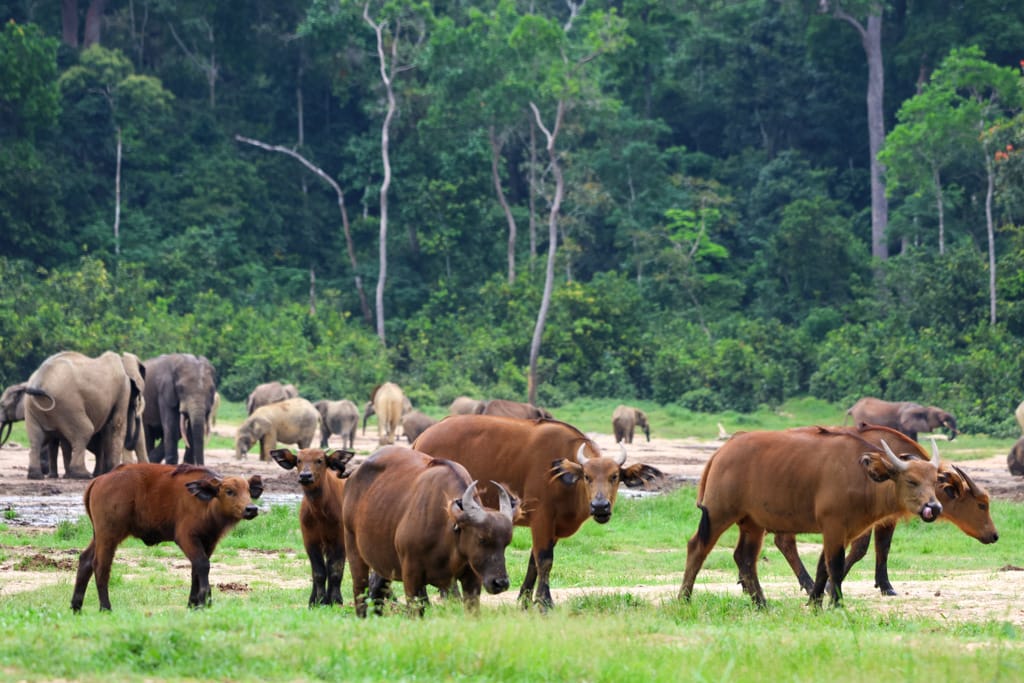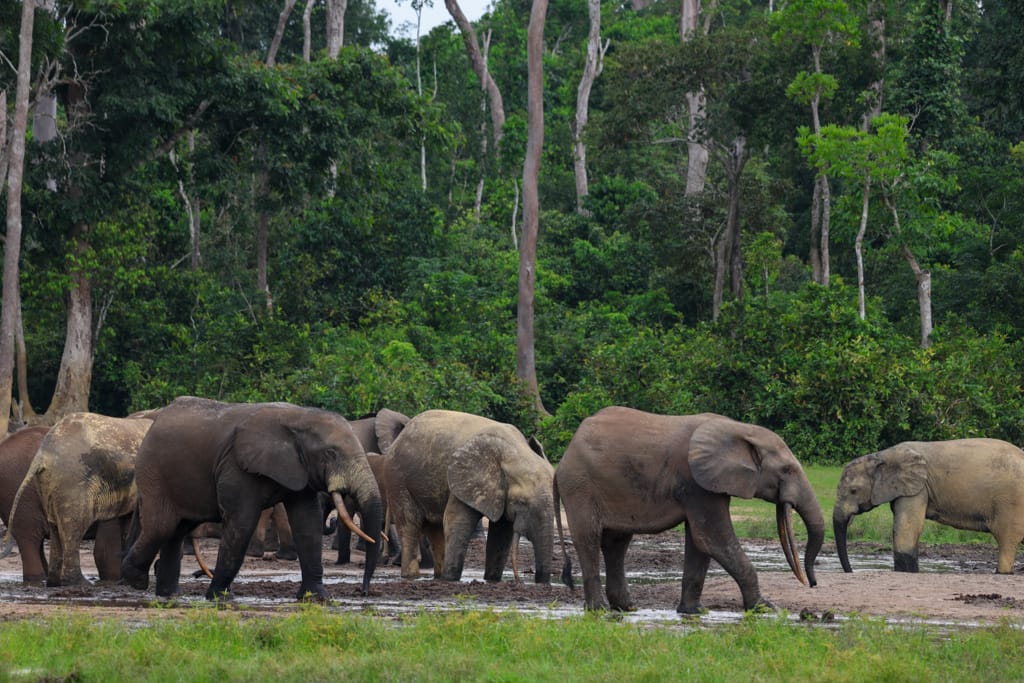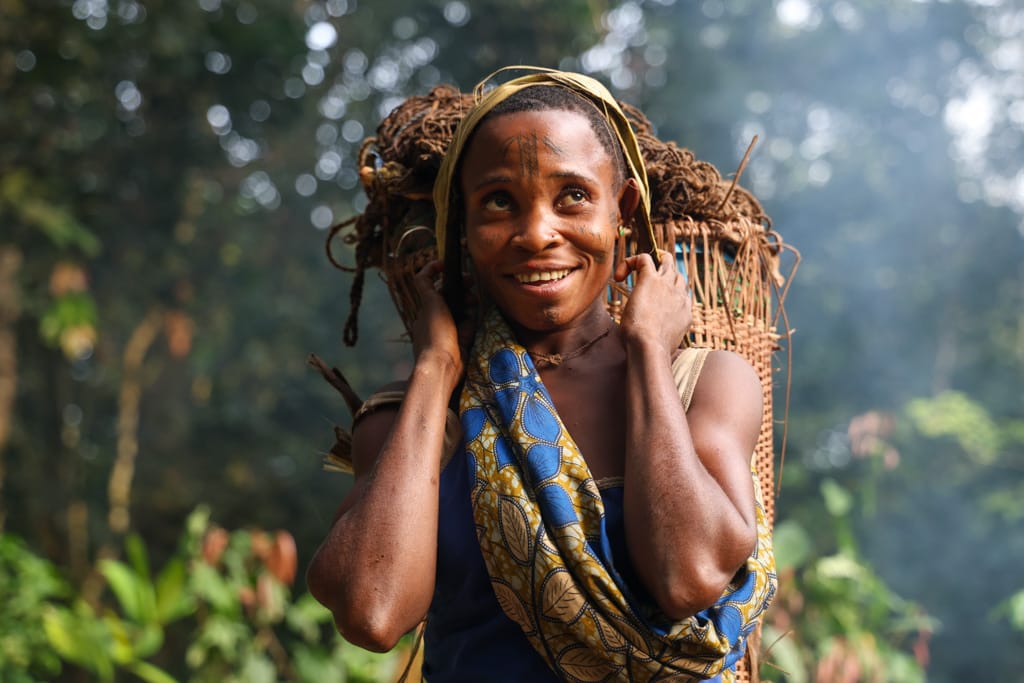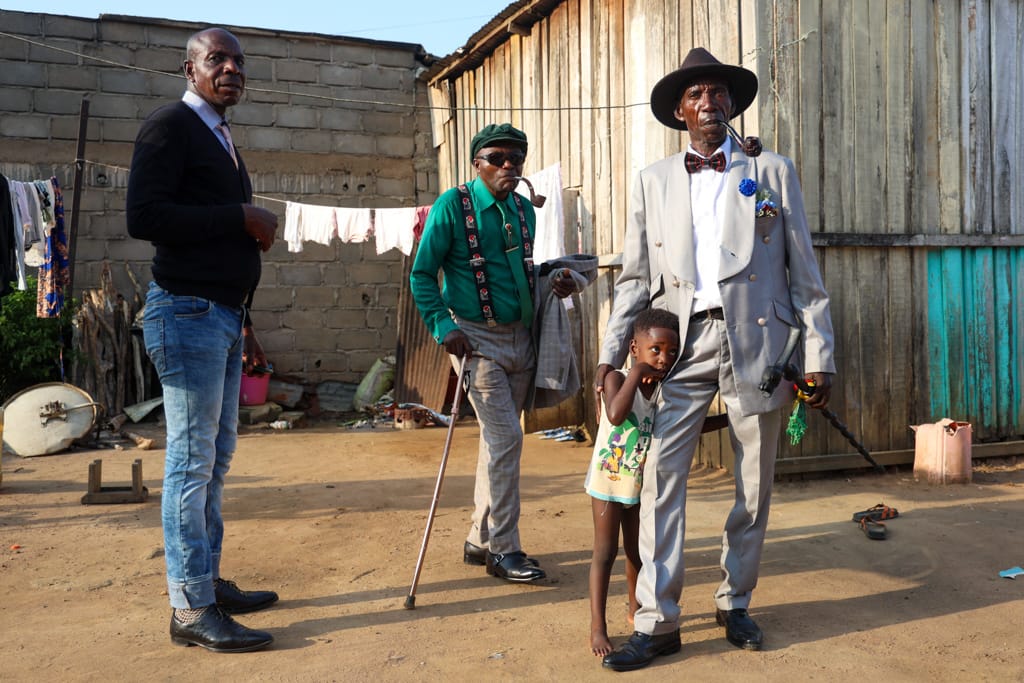Highlights of our trip to Central African Republic and Republic of Congo
If the DRC is the past, Congo Brazzaville, together with CAR and Gabon, is the present and the future. Excellent national parks, ceremonies and the experience of walking in the forest with the Baaka pygmies make this region very attractive for us, and therefore for you.
We have just finished an excellent trip to Central African Republic and the Republic of Congo, gathering new experiences and taking up new itineraries for our December 2025 trip: Welcome to the Jungle.

A trip in which we have used all kinds of means of transport. From boats to planes, taxis, buses, 4×4 and 40 kilometres on foot in the forest. And this will be the concept of our next trips in the region.

A glimpse of our travel itinerary in Central African Republic and Republic of Congo
On this last trip we made a totally improvised route from Bangui to Brazzaville, as it was the alternative to our cancelled Congo River trip.

Central African Republic and Republic of Congo Visas
One advantage of this trip is that these visas are easy.
The Central African Republic visa is obtained on arrival for a fee of about €60. Only a small permit must be obtained in advance in order to fly. US citizens do not need a visa.
The Republic of Congo visa is easily and quickly obtained in 3 hours in Bangui, paying about €200. Wonderful.
Bangui, our trip to Central African Republic begins.
Bangui is very pleasant. It is a good introduction to any trip through Central Africa. Nothing particularly interesting, but with some curious visits such as the Wagner monument or Africa Corps.

Charter flight from Bangui to BayangaDzanga Sangha
We took a charter from Bangui to Bayanga to visit Dzanga Sangha. Private flight easily takes you from the capital to the jungle in one hour. It’s comfortable and saves time. Definitely worth the €500 per person each way.


Visiting Dzanga Sangha
As we have said many times before, Dzanga Sangha is one of the best parks in Africa.
The Elephant Bai or the Mangabeys tracking were, as always, spectacular, and very soon in July 2025 it will be possible to visit the new gorilla group.
During our stay we were able to see 148 elephants at the same time in the Dzanga Bai…amazing!


Route with the Baaka through the forest
We continued with a 40-kilometre walk with the Baaka people through the forest. It was three days of trekking to the border with Congo – BRUTAL!
No doubt this will form part of many other Kumakonda trips in Central Africa, bearing in mind that spending one day is not the same as spending three days with the Baaka. The dynamic is different. It was very tough, but definitely one of the highlights of our trip to Central African Republic and Republic of Congo.


Trip to the Republic of Congo
We continue navigating the Sangha River through the forests that form the triple transboundary park of Lobeke (Cameroon), Dzanga Sangha (Central African Republic) and Ndoki (Congo).
By speedboat it can take two to three hours to get from the CAR border post to Bomassa in Congo.

Visit of Nouabalé-Ndoki National Park in Republic of Congo
In Nouabalé-Ndoki we visited the Wali Bai Park, spending two days in the depths of the park, where we visited the lowland gorillas at the Mondika research centre. The rest of Ndoki’s iconic sites remain closed to tourism after 8 years.

Nouabale-Ndoki and Odzala are the only two places in RoCongo where you can visit groups of wild gorillas living in the wild (habituated). Not to be confused with Lesio Luna, where they do not live in the wild.
In order to visit Mondika you have to spend a minimum of two nights and walk for 10 kilometres plus tracking.



We continue our journey through the Republic of Congo
On our last route we attended a Balobe ceremony of the Baaka, a ritual dance of the spirits of the forest, in Congo. By asking around and investigating we had access to this interesting Baaka mask ceremony, very different from that of the Baaka of the Central African Republic.

The Congo Brazza sapeurs
Near the end of the trip, we shared beers with the Sapeurs of the forest.
In the north of the country, where the asphalt ends more than 800 kilometres from Brazzaville, there is a community of some 30 sapeurs spread out in villages such as Ouesso and Pokola.
The SAPE movement (Société des Ambianceurs et des Personnes Élégantes) goes beyond the large Congolese capitals of Brazzaville and Pointe Noire.
And finally, Brazzaville.








